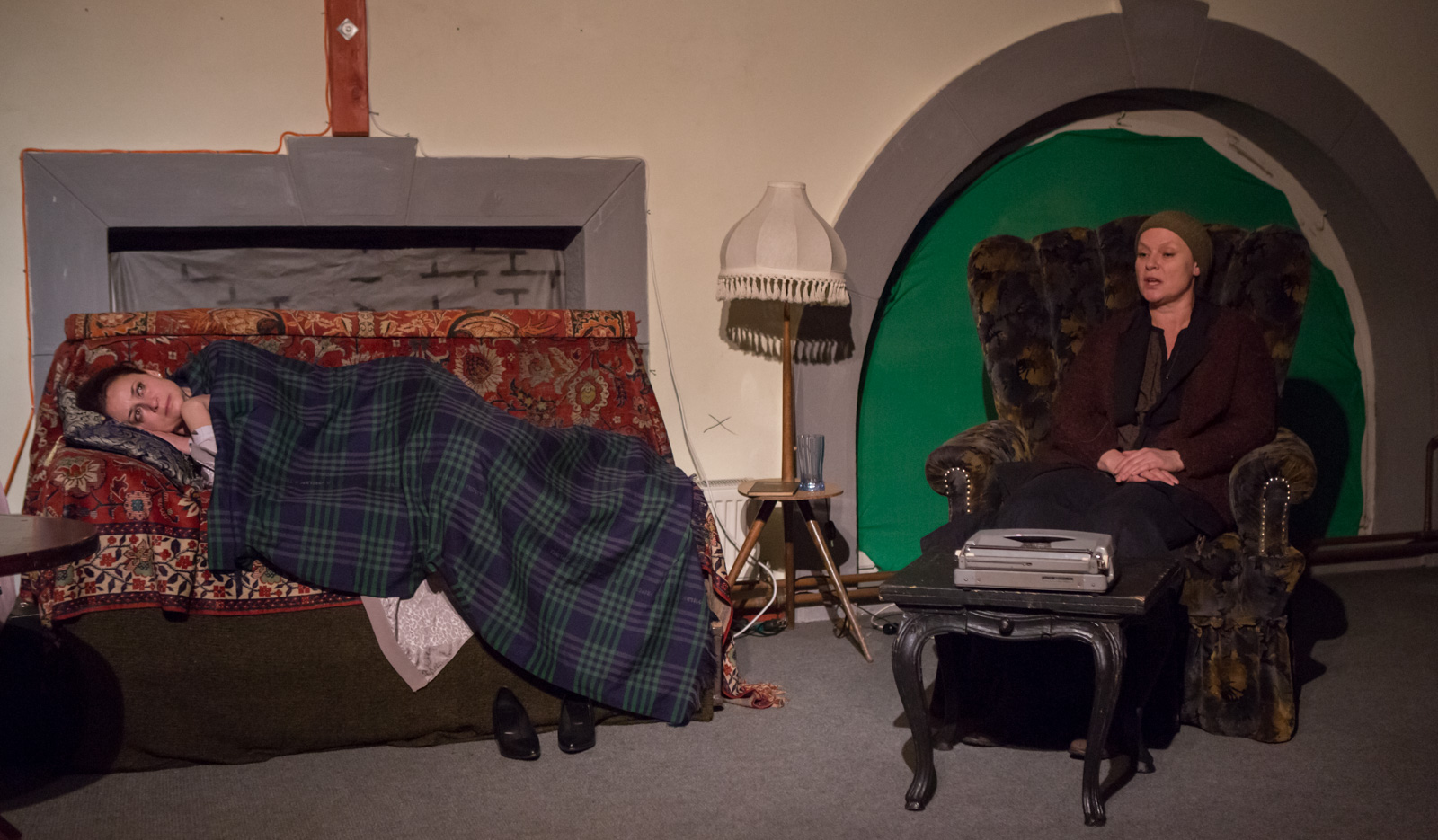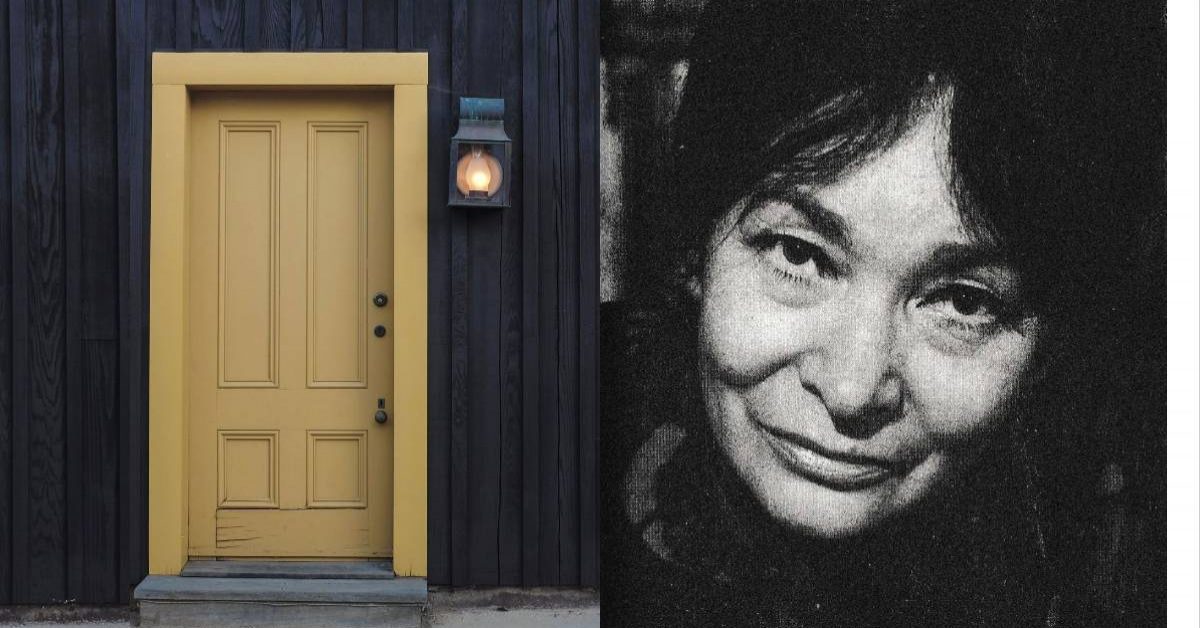
A member of the European Academy of Sciences and a warden of the Calvinist Theological Seminary in Debrecen, Szabó died in the town in which she was born, a book in her hand. Szabó also wrote verse for children, plays, short stories, and nonfiction, including a tribute to her husband, Tibor Szobotka, a writer and translator who died in 1982. In 2015, the first American publication of The Door was named one of ten best books of the year by The New York Times Book Review. In 1959 she won the József Attila Prize, after which she went on to write many more novels, among them Katalin utca (Katalin Street, 1969), Ókút (The Ancient Well, 1970), Régimódi történet (An Old-Fashioned Tale, 1971), and Az ajtó ( The Door, 1987). Under Communist rule, this early critical success became a liability, and Szabó turned to writing fiction: Her first novel, Freskó (Fresco), came out in 1958, followed closely by Az őz ( The Fawn). It sets in Hungary in the 1960s and centres on a young, emerging.

The film is based on the novel by Magda Szabo.

In 1947, she published two volumes of poetry, Bárány (The Lamb), and Vissza az emberig (Return to Man), for which she received the Baumgartner Prize in 1949. Az ajt 97 Directed by Istvn Szab Synopsis.

Szabó, whose father taught her to converse with him in Latin, German, English, and French, attended the University of Debrecen, studying Latin and Hungarian, and went on to work as a teacher throughout the German and Soviet occupations of Hungary in 19. Magda Szabó (1917–2007) was born into an old Protestant family in Debrecen, Hungary’s “Calvinist Rome,” in the midst of the great Hungarian plain.


 0 kommentar(er)
0 kommentar(er)
